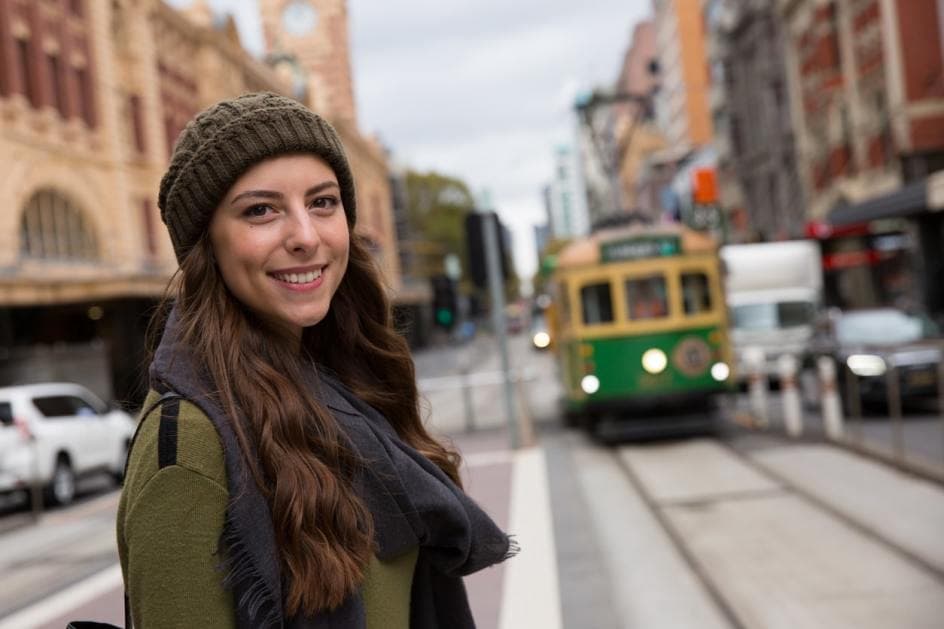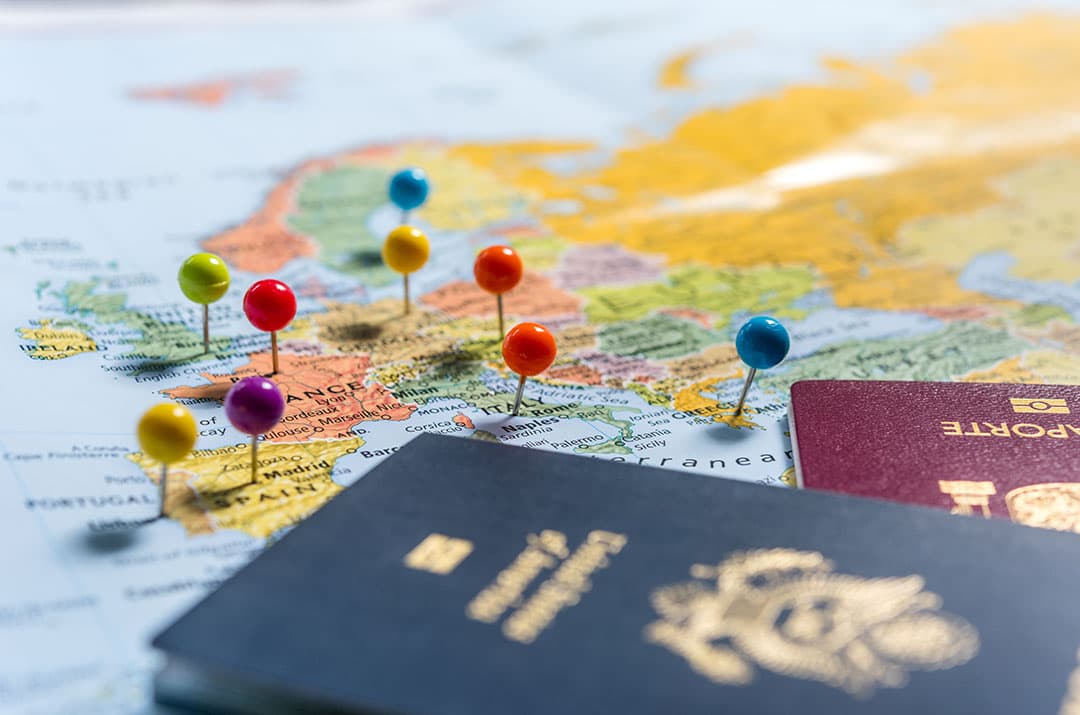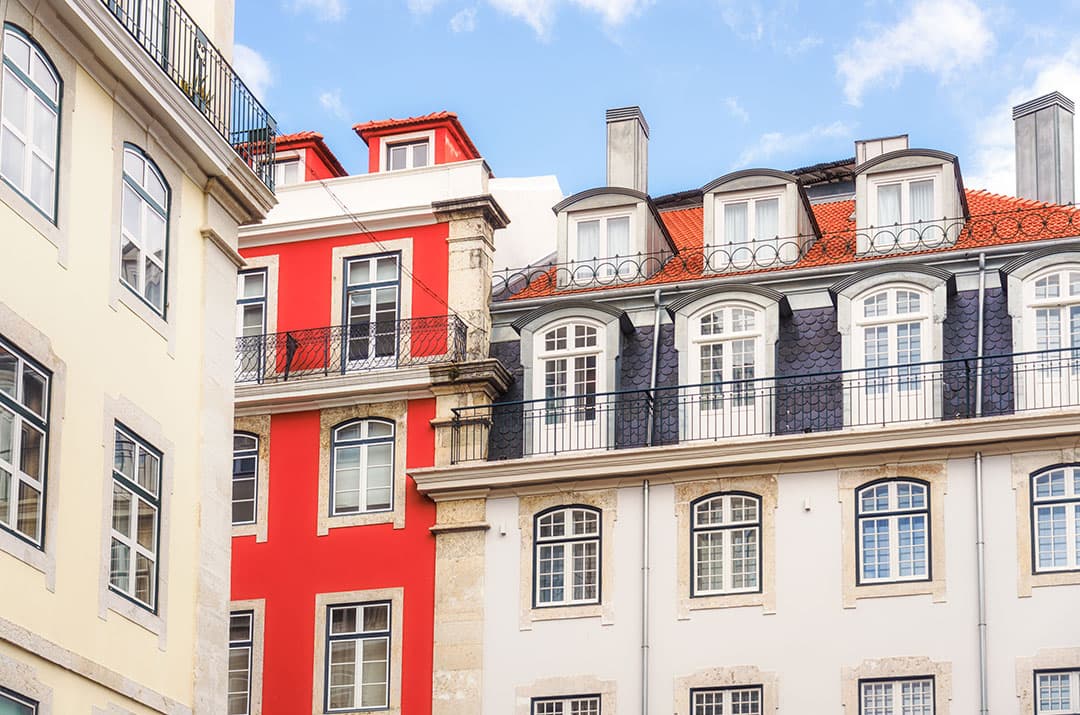- Home
- Blog
- Life Abroad
- What is the cost of living in Australia? Our in-depth guide

What is the cost of living in Australia? Our in-depth guide
If you’re moving to the land down under, read this informative guide on the cost of living in Australia.
December 4, 2020 — 9 min read
Australia is a top destination for many expats. Its natural wonders are second to none and
several of its cities are frequently rated the world's most desirable destinations. When you’re moving to the country, It's easy to see it through rose-coloured glasses. However, Australia can be an expensive place to live. In fact, the cost of living may be higher than you expect.
Sure, most Australian cities are cheaper than big cities like London, New York, and Paris, but the country’s remoteness makes the cost of living high. Because it is an island nation, many goods must be imported from overseas. High residential property prices also affect the living costs in Australia.
This definitive guide breaks down the cost of living in Australia to ensure you know exactly what you're getting into long before you move.
The Australian currency
Australians use the Australian dollar, whose symbol is AUD or A$. The currency is also used in Australia’s external territories like Cocos Islands, Christmas Island, and Norfolk Island. It is the official currency of 3 independent Pacific Island states: Tuvalu, Kiribati, and Nauru.
This is the estimated value of the Australian dollar, compared to some major currencies:
$1,000 = A$1,368
£1,000 = A$1,823
€1,000 = A$1,620
C$1,000 = A$1,047
INR1,000 = A$18
*Rates taken on November 24, 2020 at 7:00 pm IST on Xe.com
Xe’s free Currency Converter allows you to quickly get the mid-market rate of how much your country’s money will be in Australian dollars.
When moving to Australia, it’s crucial to consider the exchange rate because how much you have in Australian dollars will determine where you’ll live and what you can afford. Most banks charge a tidy sum to convert money from another currency to Australian dollars. The higher the fee charged, the less money you’ll get.
Use Xe and avoid high currency conversion fees
If you have a job waiting for you in Australia and you’ll be earning an income in your home currency, it is important to be aware of currency conversion fees. Most banks add a markup to the exchange rate to make more profit. Some banks will tell you that they don’t charge conversion fees, but in reality, they make money on the exchange rate.
Don’t be quick to jump at the first offer you get from a bank. When you’re converting your money, it’s important to keep as much of it as you can. Xe ensures you keep more of your money.
We don’t charge any hidden fees. And the best part is you’ll be able to see how much money you’ll get upfront. Our money transfer service allows you to transfer money to over 130 countries around the world, whether you’re sending money to loved ones or your account bank home, we can help you make the most of your money transfers. Don’t get caught with unfavorable exchange rates and high fees!
What is the cost of living in Australia vs. the UK, the U.S., and New Zealand?
Living in Australia comes at a price, a high one. The country is home to 2 of the world’s most expensive cities: Sydney and Melbourne. However, a recent survey by Mercer showed that Australian cities have become less expensive to live in, so now could be the best time to move.
Here’s a breakdown of the living costs in Australia compared to other big cities.
The cost of living in Australia (USD)
Average monthly disposable salary - $24,569
Basic utilities - $193
Rent per month for a 3 bedroom apartment - $2,778
Clothing and shoe prices - $130
Transport: new car - $24,569
The cost of living in the UK (USD)
Average monthly disposable salary - $2,961
Basic utilities - $246
Rent per month for a 3 bedroom apartment - $2,011
Clothing and shoe prices - $96
Transport: new car - $26,605
The cost of living in the US (USD)
Average monthly disposable salary - $20,000
Basic utilities - $162
Rent per month for a 3 bedroom apartment - $1,686
Clothing and shoe prices - $76
Transport: new car - $20,000
The cost of living in New Zealand (USD)
Average monthly disposable salary - $2,693
Basic utilities - $155
Rent per month for a 3 bedroom apartment - $1,927
Clothing and shoe prices - $129
Transport: new car - $27,172
Average figures on November 24, 2020.
How much does it cost to live in Australia’s biggest cities?
When many expats move to Australia, they are usually drawn to the 5 largest cities: Sydney, Brisbane , Melbourne, Perth, and Adelaide. While these cities have a high standard of living, they are also the most expensive to live in.
Australia's biggest cities all have a great reputation when it comes to quality of life. Melbourne has a lot of cultural activities, Sydney ranks high in job opportunities for expats, while Perth is known for its laid-back attitude.
On average, this is how much it costs to live in Australia’s largest cities.
Living in Sydney
Monthly mortgage payment (price per square meter in city center) - A$13,414
Monthly rent (1 bedroom apartment in city center) - A$2,582
Groceries (monthly) - A$400
Utilities (monthly) - A$262
Gym membership (monthly) - A$77
Child care (monthly) - A$2,407
Transportation pass (monthly) - A$217
Eating out (meal for 2 at mid-range restaurant) - A$100
Adult cinema ticket - A$20
Living in Melbourne
Monthly mortgage payment (price per square meter in city center) - A$9,790
Monthly rent (1 bedroom apartment in city center) - A$1,833
Groceries (monthly) - A$250
Utilities (monthly) - A$277
Gym membership (monthly) - A$66
Child care (monthly) - A$2,300
Transportation pass (monthly) - A$159
Eating out (meal for 2 at mid-range restaurant) - A$80
Adult cinema ticket - A$20
Living in Brisbane
Monthly mortgage payment (price per square meter in city center) - A$6,987
Monthly rent (1 bedroom apartment in city center) - A$1,664
Groceries (monthly) - A$A320
Utilities (monthly) - A$283
Gym membership (monthly) - A$61
Child care (monthly) - A$1,807
Transportation pass (monthly) - A$159
Eating out (meal for 2 at mid-range restaurant) - A$100
Adult cinema ticket - A$16
Living in Perth
Monthly mortgage payment (price per square meter in city center) - A$6,991
Monthly rent (1 bedroom apartment in city center) - A$1,459
Groceries (monthly) - A$315
Utilities (monthly) - A$293
Gym membership (monthly) - A$63
Child care (monthly) - A$1,734
Transportation pass (monthly) - A$170
Eating out (meal for 2 at mid-range restaurant) - A$92
Adult cinema ticket - A$18
Living in Adelaide
Monthly mortgage payment (price per square meter in city center) - A$4,793
Monthly rent (1 bedroom apartment in city center) - A$1,360
Groceries (monthly) - A$440
Utilities (monthly) - A$281
Gym membership (monthly) - $58
Child care (monthly) - A$1,187
Transportation pass (monthly) - A$101
Eating out (meal for 2 at mid-range restaurant) - A$80
Adult cinema ticket - A$15
Average figures on November 24, 2020
How much income do you need to live comfortably in Australia?
Over the last few years, the property prices in Australia have gone up significantly. However, they have not been matched by wage increases. What does this mean? If you’re moving to Australia to work, you’ll need to make a good amount of money to live comfortably.
Life isn't cheap, but if you live in some Australian cities, you'll pay a lot less. For example, if you decide to live in Sydney, you’ll need to earn at least A$6,000 a month to live comfortably. But if you live in Hobart, one of Australia’s cheapest cities, you can get by on A$3,000 a month. How comfortable you are will be determined by the size of your family, where you decide to live, and if you live in a rental or your own home.
What affects the cost of living in Australia?
1. Housing
Housing in Australia is ridiculously expensive. However, this can be mitigated depending on where you choose to live. Convenience and location are largely responsible for high property prices, with large cities such as Sydney being more expensive than smaller cities like Adelaide. If you decide to live away from the city center and commute, you will spend less money on rent.
The main reason real estate is so expensive is because of the fractional-reserve banking system. More money is available for lending, so more people are able to afford homes. More demand for homes makes prices go up.
2. Healthcare
Many expats who move to Australia for work don’t stay there permanently and therefore don't qualify for Medicare, the Nation's universal health insurance scheme. Medicare is fully financed by individual tax deductions and offers free comprehensive hospital care to permanent residents. Doctors consultations are also highly subsidized.
Private healthcare costs can be expensive, but there's no way for temporary residents to avoid these fees. In fact, you may even be required by the Australian authorities to have private health insurance before you’re granted a visa. The average cost for health insurance for an individual is around A$2,000 a year.
3. Education
The Australian public school system is reputable and your kids will get a world-class education. However, if you hold a temporary residence visa, you will have to pay tuition to enroll your kids in the state system. If you decide to enroll your child in a private school or an international school, you will have to pay tuition. In most cases, it will be expensive.
Australia also has faith-based schools which lie somewhere between the private system and the public system. The tuition for these institutions is usually higher than for public schools but lower than for private schools. Some faith-based schools may even be cheaper than public schools.
Here’s a rough estimate of education costs for secondary schools per year.
Government school: A$4,455
Catholic school: $12,599
Private school: A$22,450
4. Utility bills
Most Australians report that their power and gas bills have significantly increased and affected their cost of living. In the first quarter of 2019, electricity prices in many of Australia's cities rose to record highs. Rising coal and gas costs, the increased cost of hydro power (due to the drought), and the record heatwave were largely to blame. Over the last 5 years, water bills have also increased significantly.
This is how much you can expect to spend on utility bills each month:
Gas bill: A$200
Electricity bill: A$120
Water bill: A$60
Internet bill: A$70
Need help with money transfers in Australia? Try Xe
When you’re sending money abroad, every penny counts. A good exchange rate can mean more money gets to your family or friend. Xe offers an affordable way to send money overseas. You simply provide the recipient's details and pay for the transfer. Xe will quickly convert the money and deposit it into the recipient's bank account.
Open an account today. It’s free to join, and unlike banks, we don't charge hidden transaction fees.
It’s your choice!
Related Posts

November 4, 2024 — 5 min read

October 8, 2024 — 2 min read

July 17, 2024 — 4 min read

August 17, 2023 — 7 min read

August 17, 2023 — 7 min read

August 17, 2023 — 8 min read